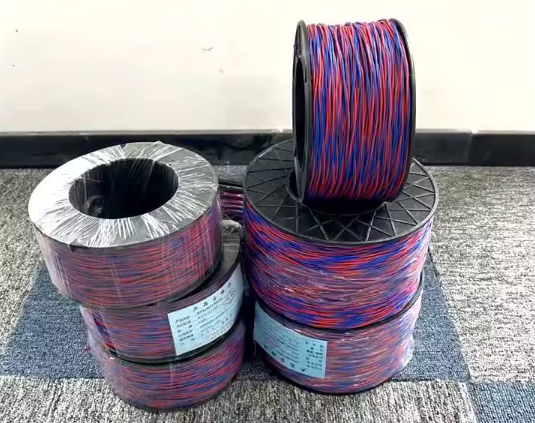Call us 0597-3217790
E-mall fujiankailong@gmail.com
Longyan Kailong Mining Equipment Co., Ltd.
The blasting busbar generally comes in the following main materials:
Copper Wire: Copper wire is commonly used in blasting busbars due to its excellent electrical conductivity and flexibility. It ensures stable current transmission in the blasting network while possessing a certain degree of mechanical strength to withstand tension and pressure.

Copper-Clad Steel: Copper-clad steel is a composite material with a layer of copper wrapped around a steel core. This material combines the strength of steel with the electrical conductivity of copper, making the blasting busbar both mechanically strong and electrically conductive. Copper-clad steel busbars are suitable for applications requiring high mechanical strength and electrical conductivity.
Copper-Clad Aluminum: Similar to copper-clad steel, copper-clad aluminum is a composite material with a layer of copper wrapped around an aluminum core. Copper-clad aluminum busbars have a lower density and cost while maintaining good electrical conductivity. They are suitable for blasting operations with specific requirements for weight and cost.
Low-Carbon Galvanized Steel: Low-carbon galvanized steel wire is a material with a zinc coating applied to a low-carbon steel wire. The zinc coating enhances the busbar's corrosion resistance and extends its service life. At the same time, low-carbon galvanized steel busbars also possess a certain degree of mechanical strength and electrical conductivity, making them suitable for use in wet or corrosive environments.
In addition, the outer layer of blasting busbars is usually made of materials such as PVC polyethylene, which have good insulation properties and weather resistance, protecting the busbar from external environmental damage.